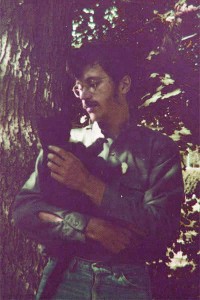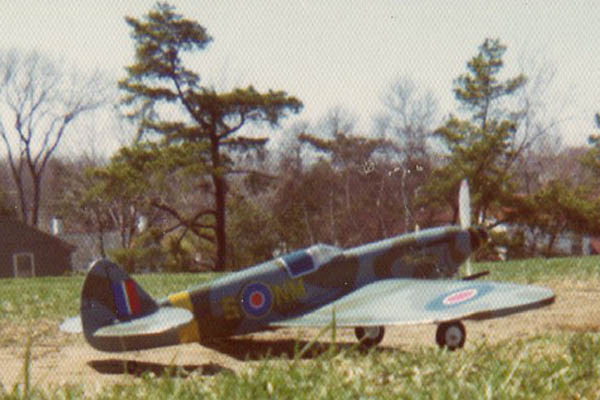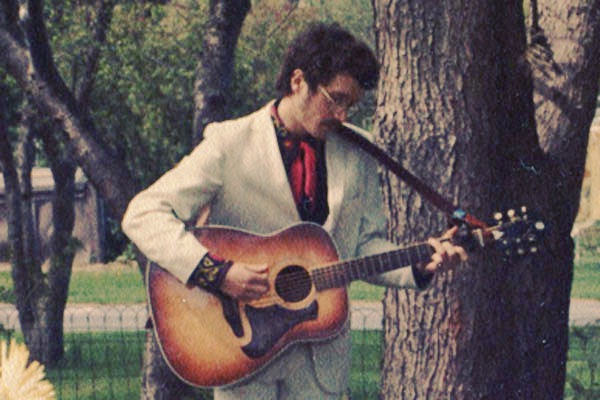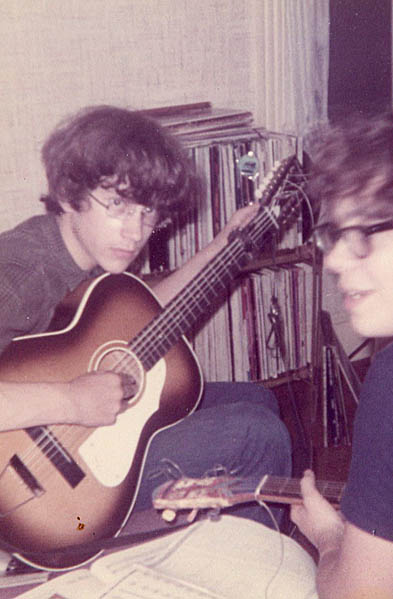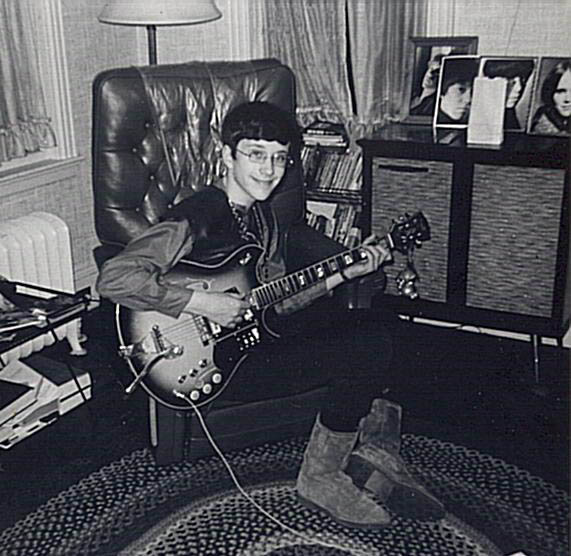1974
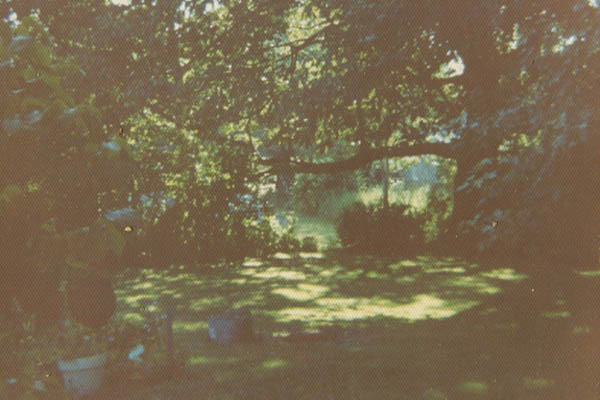
The Hubleys’ back yard was a splendid if challenging setting for rough-court croquet in 1974. Hubley Archives.
I worked for a while in 1973 at the King’s department store in South Portland, on Waterman Drive where the Shaw’s is now.
They sacked me in October, the same day that Spiro Agnew resigned and the very fine drummer Alan Smith quit our band, Airmobile. One out of three is better than none, I guess. A year later I got another department store job in South Portland, wrangling stock at the Jordan Marsh out at the Maine Mall.
The year in between the first stockboy job and the second, I know now, was one of the best of my life — but, aside from Nixon’s resignation in August 1974, it sure didn’t feel like it. I was drinking, moping, listening to Hank Williams and getting up at 4 a.m. to see Bing Crosby movies on Channel 6. In fact, I came down with the 20-year-old guy blues. I had no job, no band, no lover.
I was still living with my parents. Aside from a few noontime shifts running the cash register at Patty Anne’s Superette, I was unemployed between the two jobs. I looked for work, including a visit to the Army recruiting center, but I was uninterested in anything besides making music and writing, and didn’t look very hard. It was one of those emotional pretzels where one manages to feel wrong about not doing something one doesn’t really want to do in the first place.
On a more practical plane, it would have been nice to make some money.
After Alan quit the band, John Rolfe, Glen Tracy and I invited back a previous drummer, Eddie Greco, and as the Thunderbirds we played one last date, a teen dance in South Portland. That was the end of my musical partnership with John, which dated back to 1971 and our first performing band, Truck Farm. It’s evident now that we were both ready to move on, but I like being in a band and was sorry it was over.*
As for the women — to the very limited extent that you want to read about and I want to write about my love life — suffice it to say that, like a dog that chases cars, I was avid for love but wouldn’t have known what to do with it had I caught it.
So I spent the year preoccupied with what I didn’t have, while obliviously making good use of what I did have in abundance: time. I’m sure my parents didn’t love my loitering around the house, with only occasional half-hearted forays in search of work, but they were kind about it.
Meaning that I felt perfectly OK about spending most of my waking hours in the cellar with the Sony TC540 and my guitars (with occasional breaks for visiting Patty Ann’s to build model airplanes with my friend Jeff Stanton**). I spent winter, spring and summer 1974 writing and recording songs, a couple of which are presented here for your listening pleasure.
What an opportunity to concentrate on what I loved and wanted to do; what a gift.
Songs from 1974:
“Oh, What a Feeling” and “I Guess You All Know What I Mean” copyright © 2010 by Douglas L. Hubley. All rights reserved.
*John is now leader of the Luxembourgs, among whose other members is Steve Chapman, former bassist for my band the Fashion Jungle. John has played with two other bassists that I too have worked with: Andy Ingalls (Curley Howard Band) and Dan Knight (the 1985 Fashion Jungle).
**Among the other recreations of the golden summer of 1974 was learning to play rough-court croquet with the Stantons.
Text copyright © 2012 by Douglas L. Hubley. All rights reserved.
